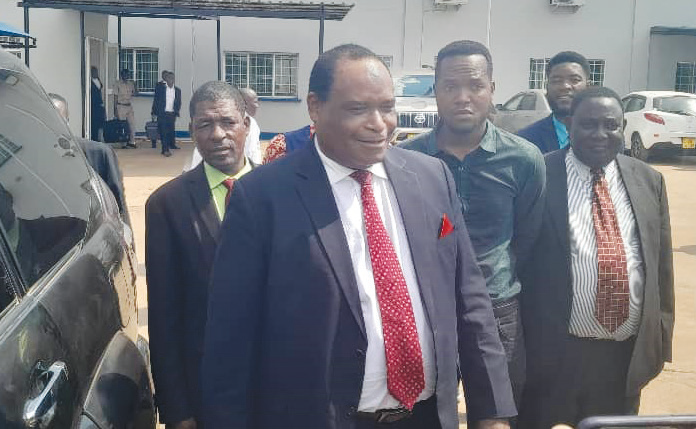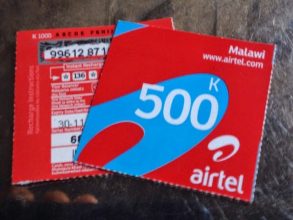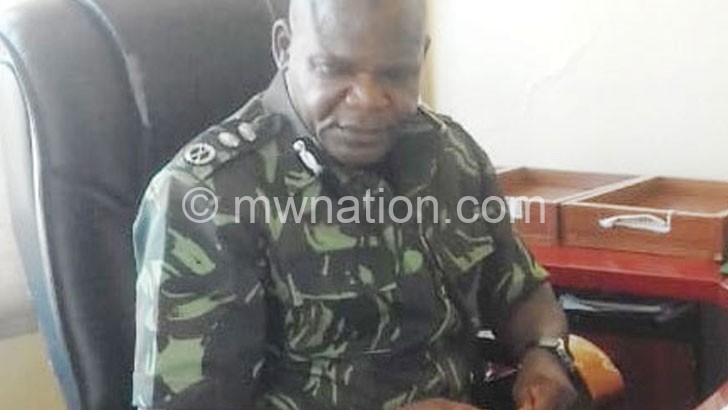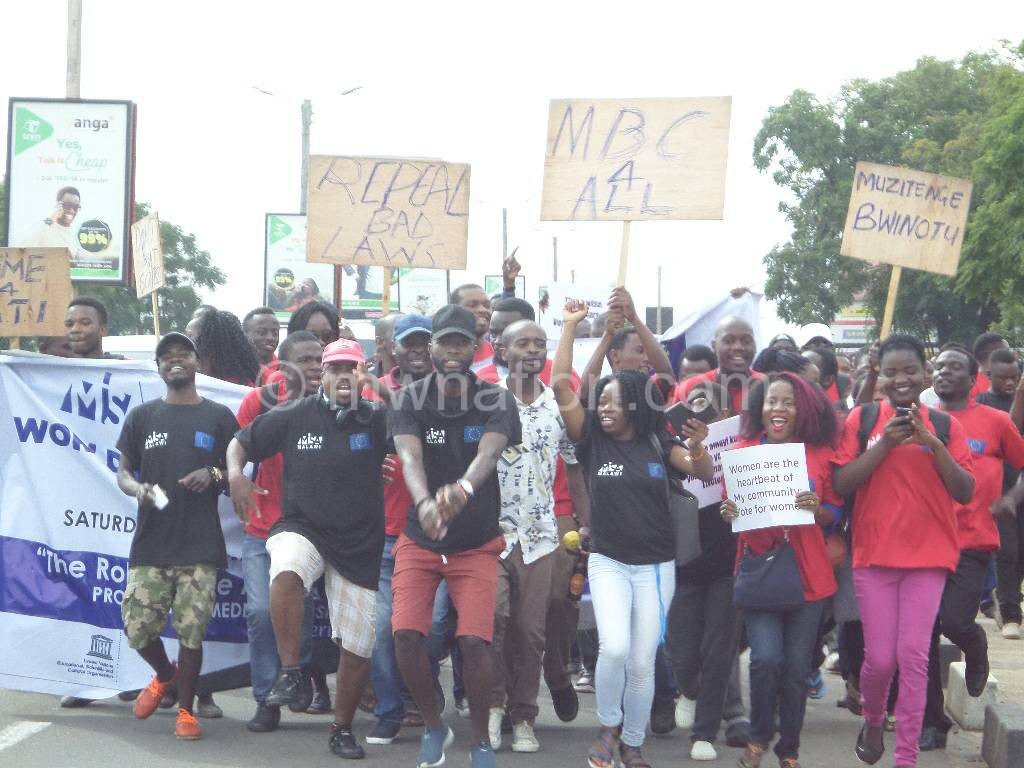Water woes hitting Malawi women the hardest
 Minutes before the hour of five, just before the sun really shows up, Chilinde area in Malawi’s capital, Lilongwe, is bustling with activity. In the thick of the hustle and bustle are mostly women — specifically housewives looking for water, a scarce commodity in this part of society.
Minutes before the hour of five, just before the sun really shows up, Chilinde area in Malawi’s capital, Lilongwe, is bustling with activity. In the thick of the hustle and bustle are mostly women — specifically housewives looking for water, a scarce commodity in this part of society.
One of those housewives is Emily Lindson.
With seven children and a husband to look after, she gets up at around 4 am to search for water. Her house perched next to a dumpsite is not piped and she depends on water from a tap near her house where she and her neighbours share bills.
Life has changed for Lindson as in the last month, water outages have intensified, sometimes only flowing from midnight and closing by 4 am. In the past two weeks, it has not been running out at all.
The communal water kiosk that she relies on closes at 6pm and opens at 6am, well after the water comes and goes.
“In cases where I cannot find water, we have to buy it from the boreholes. The water is dirty and sometimes we have to wait for it to refill. But what can we do? There are houses that also have uninterrupted water flows. Some charge K30 per 20 litres, but sometimes we get it at K50,†says Lindson.
Lindson, who sells mangoes for a living, says the fact that she has to wake up early just to search for water takes her time that would be used to do other income-generating activities.
Her ordeal is but one of many stories in the capital city. There are reports of serious water problems in Area 22, 25 and Kawale township. And there is no relief for the mothers since all alternative water bodies are seriously polluted or distant.
“Sometimes we have to go all the way to the army barracks to get water. At least, there they have a steady flow of water,†said Lindson.
It is a good 30-minute-walk from where Lindson lives to the barracks. She says she requires about a hundred litres to serve her house. That is for washing dishes and clothes, cooking, drinking, bathing and mopping the floor, to mention but the major uses.
Lilongwe Water Board (LWB), through its public relations officer Trevor Phoya, says it is aware of the problem and it is the areas that are on the fringes of the city that are most hit. Townships such as Area 23, Area 25, Lumbadzi and Area 36 join the ranks of Chilinde, Kawale and Area 22 in the suffering.
“We do not have adequate water in our reservoirs and we have resorted to rationing water even to areas that usually do not face water shortages such as Area 3, Area 9 and Area 47.
“We are doing major maintenance works and this has reduced production. At the moment, we can only provide 85 000 cubic metres out of our normal capacity of 95 000 cubic metres.
“The other reason for the water problems is power outages. Almost 100 percent of our machines are powered by Escom. Since the latter has also downed its machines for maintenance, our production is also affected,†says Phoya.
Phoya also says the general population increase has stressed the board’s water supply capabilities, saying the city demands 120 000 cubic metres per day, while the water board can only churn out 85 000 cubic metres in a day.
“Vandalism is also a problem. People are stealing valves and breaking pipes which make the population downstream suffer. And even when we repair them, supply does not immediately resume as we sometimes have airlocks,†says Phoya.
He says the rehabilitation works are necessary because they are aimed, in part, at replacing old pipes that are contributing to water shortages due to their leaks. The works were scheduled to end in September but procurement delayed it and is expected to end in December.
And the Water Board is also looking into the future.
“We are planning to set up a dam along the Diamphwe River and pipe the water to the city, but that is in five to six years’ time. As for areas like Lumbadzi and other areas, we are thinking of setting up mini-stations to harness groundwater there,†said Phoya.
So far, data from the Malawi Demographic Health Survey of 2010 claims that 92 percent of the urban population has access to water. But visits to places such as Bangwe, Chiputula and Chilinde stares the report’s figures in the face with much askance.





